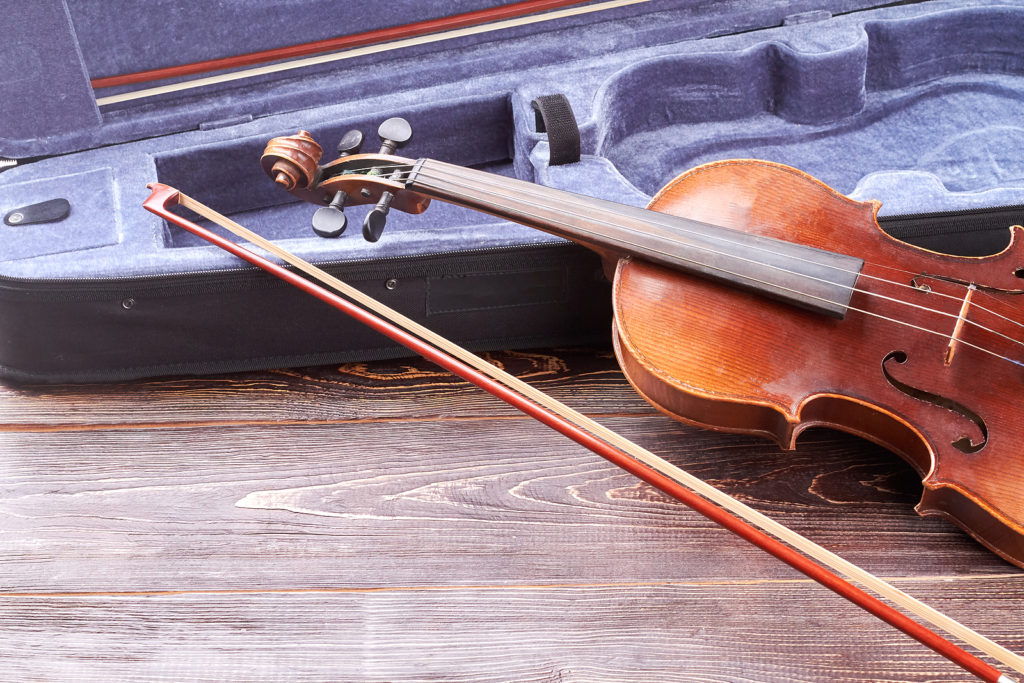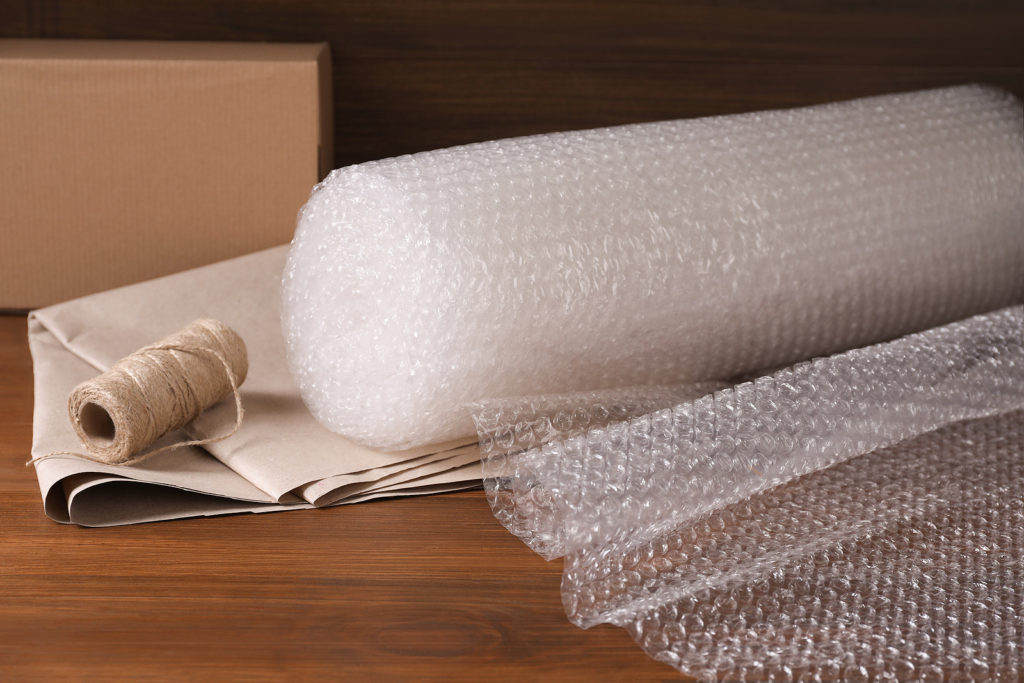Moving goods is never easy, especially if delicate items like musical instruments are involved.
Instruments aren’t just costly but also very personal to their owners. During a move, these items have a very high chance of irreversible damage, such as cracking or warping, or they can even break off completely from just the slightest mishandling.
Most instruments, whether string, woodwind, brass, or electronic, are prone to shocks and thus can be easily damaged. This is where you need a proper plan to avoid heavy repairs or even permanent damage. By addressing the special needs of each instrument and implementing the best packing procedures and travel methods, you can move yours safely.
Keen to learn more? Read the complete article and explore 8 ways through which you can pack and move your instruments safely.
1. Hire Experienced and Specialized Movers
The safest way to move musical instruments is to work with movers who specialize in handling delicate and high-value items. These professionals understand how to manage different types of instruments, from grand pianos and violins to amps and digital equipment. They come prepared with the right tools, packing materials, and techniques to reduce handling errors and environmental risks.
Specialized movers also plan transport routes carefully and load your instruments in a way that prevents shifting, stacking, or pressure damage. This is a smart step for anyone moving multiple or irreplaceable pieces and is one of the most effective methods of preventing damage during a move.
2. Use the Original Hard Case
The hard, original case is specially made for safeguarding your instrument. It supports the instrument’s shape, absorbs shocks, and restricts internal movements. An original case is undoubtedly the best defense against damage during the move, providing peace of mind to the owners. Such is so because a hard case also resists pressure from stacking or accidental drops. Maintain the original hard case, and if it shows signs of wear, repair or replace it at the earliest.
For added protection during a move, fill empty spaces with foam or cloth to avoid rattling or direct impact on the instrument. Avoid leaving loose items, like tuners or straps, inside the case, as they can cause scratches or dents to the instrument.
All in all, these steps go a long way in preventing damage to your costly and delicate musical instrument.
3. Use Specific Internal Padding Material
Even the best cases need internal padding. Instruments can shift during transport, leading to cracks or scratches. Filling empty spaces prevents movement and cushions against shocks.
Use soft materials like microfiber cloths, bubble wrap, or foam pieces. Focus on the neck, bridge, and other fragile parts. If the case lacks form-fitting interiors, build support around vulnerable areas. Avoid packing materials that shed fibers or trap moisture, as they can damage surfaces.
For smaller instruments, make sure they sit snugly without being forced. Proper padding adds a critical layer of protection during the move.
4. Avoid Stacking Heavy Items on Instrument Cases
Stacking may save space, but it increases the risk of crushing or cracking instruments. Musical instruments aren’t built to handle heavy loads, even in hard cases.
Place instrument cases on top of other items, not beneath them. Avoid resting boxes or furniture against them. During transport, pressure from above can distort or damage parts like bows, necks, and valves.
Whether in a moving truck or storage unit, position cases where they’re least likely to be compressed. Label them as fragile to prevent accidental mishandling. Keeping them on top ensures they stay protected and easy to access.
5. Consider Climate and Temperature Changes
Instruments are sensitive to humidity and temperature. Wood can warp, glue joints may weaken, and strings can loosen. Avoid leaving instruments in hot vehicles or cold storage areas. Rapid temperature shifts are especially harmful.
Before moving day, check the weather and plan accordingly. Use thermal-insulated covers if needed, particularly for wooden or stringed instruments.
Once moved, let the instrument adjust to its new environment before opening the case or playing. This helps prevent damage caused by expansion or contraction. Climate control is often overlooked but plays a major role in preserving instrument quality during a move.
6. Disassemble the Instrument Before Loading
If the instrument can be safely disassembled, do so before packing. Remove mouthpieces, bows, strings, reeds, or pedals, anything detachable that may shift or break. Wrap each piece individually and store them in clearly labeled pouches or compartments within the case.
This reduces pressure on joints and minimizes the chance of breakage. For string instruments, loosen the strings slightly to reduce tension during travel. Don’t over-loosen, as this can affect setup or balance.
Disassembly also allows you to pack more securely and compactly, lowering the risk of internal movement and impact during transit.
7. Use Bubble Wrap or Foam Wrap
Even when an instrument is inside a case, external protection helps. Wrapping the outside of the case in bubble wrap or foam sheets provides an additional buffer against drops or jostling. This is especially useful for older or soft-sided cases that may lack modern reinforcement.
Secure the wrap with tape or bands, but avoid placing tape directly on the case. For oddly shaped instruments, wrap both the instrument and the case before placing them into a box.
Always choose wraps that don’t retain moisture or generate static. The goal is to cushion without causing surface damage.
8. Label Clearly
Clear labeling helps movers understand what’s inside and how to handle it. Mark each instrument case or box as Fragile and This Side Up. If possible, add labels like Sensitive to Heat or Do Not Stack.
Use bold, visible lettering or color-coded stickers. Proper labeling isn’t just for others; it’s also a reminder for you when unloading. Labels reduce the chances of rough handling or incorrect placement in the truck.
If you’re moving multiple instruments, keep a checklist to track them throughout the move. Treat each case with care, even if it seems sturdy.
Bottomline
Moving musical instruments requires more than general packing; it demands care, strategy, and attention to detail. By planning ahead and using proper materials, you can significantly lower the risk of damage.
Whether it’s disassembling parts, managing temperature changes, or securing cases during transport, each step plays a key role. Even small precautions can help preserve both the condition and the value of your instruments.
With a thoughtful approach, your move can be smooth, and your instruments can arrive safely, ready to play without a scratch.


